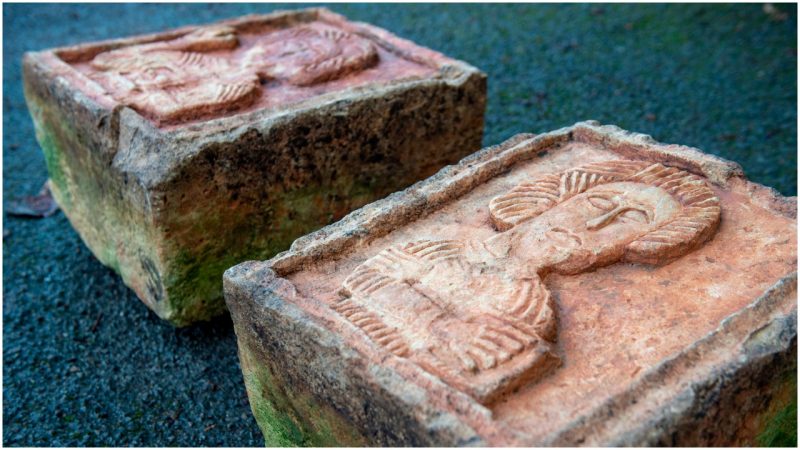Back in 2004, thieves took away two rare limestone reliefs that for millennia had rested in a Medieval church close to Burgos, in the north of Spain. The stolen church artifacts, which were found only recently, display the images of two Catholic saints, one of them being John the Evangelist. Each of the reliefs weigh about 110 lbs and their worth is deemed priceless.
The church, called Santa Maria de Lara, is dated back to and associated with the Visigoths, the Germanic tribe that reigned over much of the territory of present-day southern France and Spain between the 5th and 8th centuries. It’s an important site since experts believe this is among the earliest Catholic churches built on Spanish territory and accommodates one of the earliest depictions of Christ in Spanish religious art. In November 1929, the church attained national monument status.
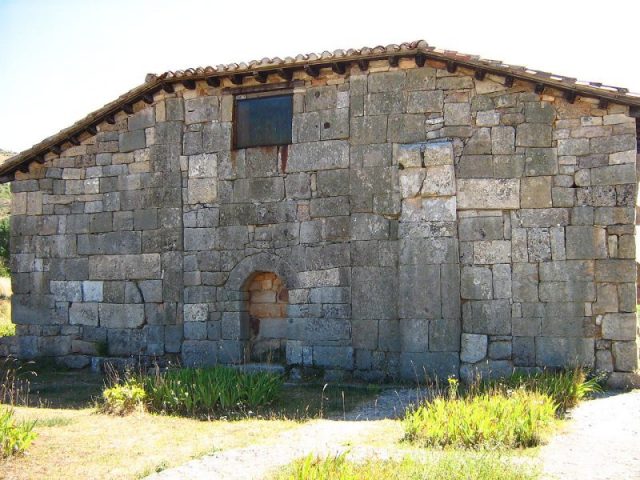
The thieves seemed to be unaware of the background of the artifacts at first. They were perhaps disappointed that they were not going to earn millions. Since national and world treasures are hard to sell, they eventually opted to sell their plunder as garden decor. They still managed to nail down a lucrative deal, however.
Fast forward to 2019: Dutch-born art detective Arthur Brand has found the stolen reliefs, rotting in a north London garden in the ownership of an aristocratic family. Each piece had been purchased by the family for about $65,000 or £50,000 in British currency.
The identity of the family who made the purchase remains a secret. According to Brand, who is renowned in his field of work, the family unwittingly bought the artifacts.

“It ended up in the garden of an English nobleman, who did not know that it was world heritage, where they would stay like 15 years,” Brand told AFP.
“You can imagine how horrified they were to learn that their garden ornaments were, in fact, priceless stolen Spanish religious art,” he said.
Mr. Brand has been searching for the plundered artifacts for about nine years. He had initially obtained information from an unnamed British source that a strange type of item had shown up in London.
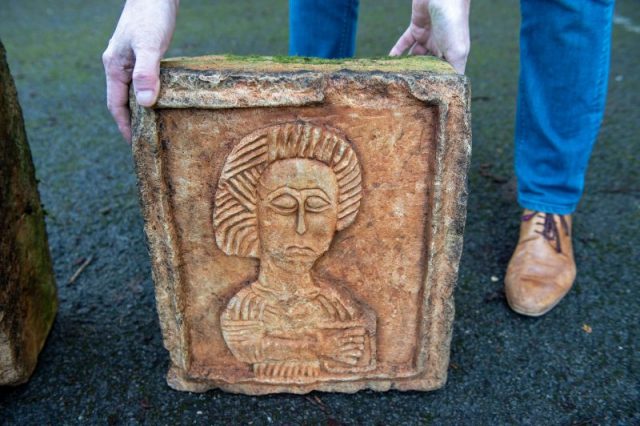
(Photo credit NIKLAS HALLE’N/AFP/Getty Images)
As the story goes, the reliefs had reached London in a truck operated by a French dealer, after which the saints were offered on sale as garden decoration. Brand was able to find the French dealer, and the investigation ultimately concluded in the garden of the unnamed British family.
Brand told AFP that the family got “quite nervous” as the age-old artifacts “that were made for the Spanish sun were in their garden, exposed to the English rain.”
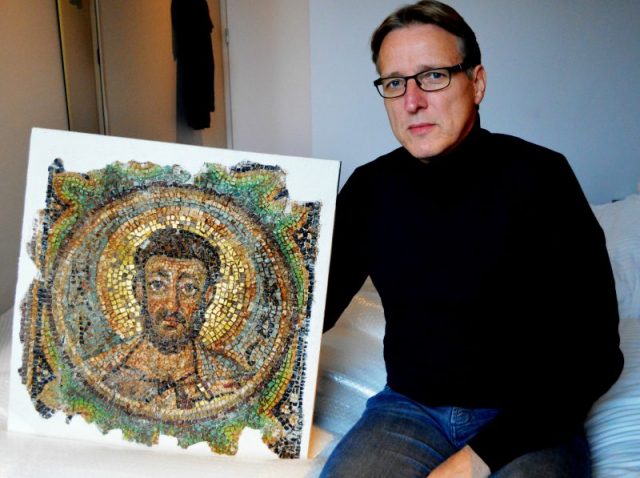
Brand’s latest investigation only adds to his impressive list of solved cases. He has famously been dubbed the “Indiana Jones of the art world” and some of his tasks have required him to even negotiate with criminal gangs.
Live Science notes that other high profile cases he has handled involve “a 1,600-year-old mosaic stolen from a church in Cyprus when Turkey occupied the country in 1974” as well as “two bronze horse sculptures commissioned by Adolf Hitler during the second world war.”
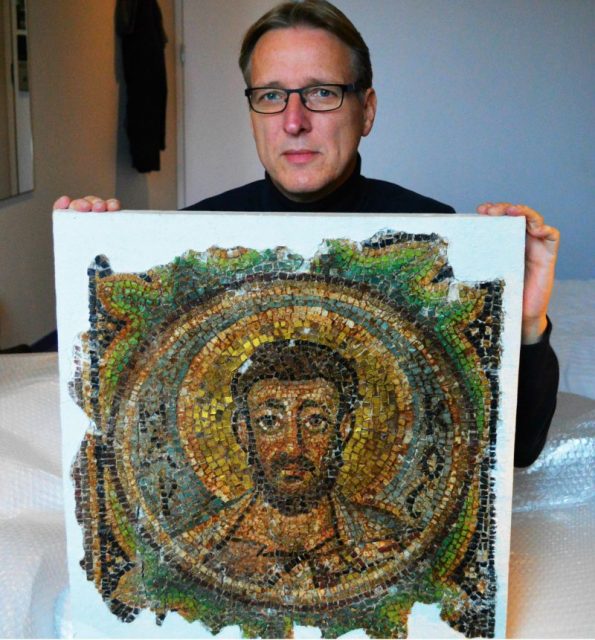
According to the Independent, Brand has helped return two million dollars worth of paintings, “Salvador Dali’s 1941 Surrealist work Adolescence and Polish Art Deco painter Tamara de Lempicka’s La Musicienne (1929), which featured in Madonna’s ‘Vogue’ music video.”
In the aftermath of Brand’s latest investigation, the Spanish religious reliefs were safely returned to the Spanish embassy in London during a private ceremony held on 21 January, according to the AFP.
Next, the artifacts will undergo restoration upon their return to the Santa Maria de Lara church. Since their cultural and historical value is unquestionable, to find them in a garden after a quest that lasted nearly a decade, in the words of the renowned art detective is “just incredible.”
